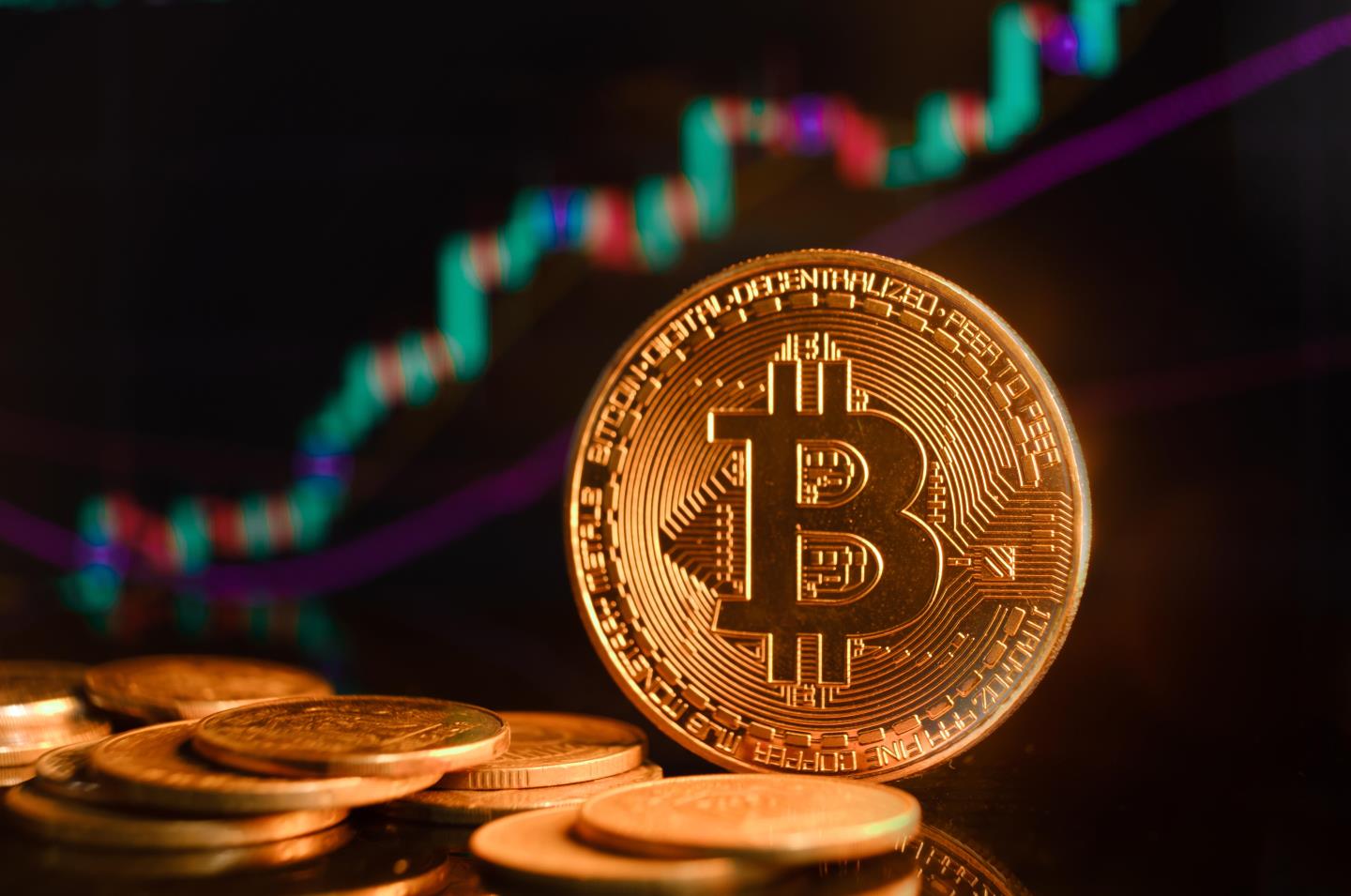Like most younger generations before them, Gen Z gets a bad reputation from their elders. However, we must start engaging with the future generation in a more positive way.
After all, in 10 or 20 years’ time, they will be the decision-makers, influencing many aspects of our day-to-day lives, including our financial ecosystem.
Gen Z refers to anyone born between 1997 and 2012, making them the first generation to grow up as digital natives. In other words, the internet, social media, and mobile phones play a huge role in their lives.

They have a wealth of resources at their fingertips, more so than any age group before them, and have the skills to use multiple online sources to evaluate information and inform decisions.
Perhaps for these reasons, younger age groups are among the most likely to purchase cryptocurrency – one study estimated that 94% of buyers were aged between 18 and 40. They also have different attitudes to risk than older generations, with another research report showing that Gen Z views cryptocurrency as a less risky investment than stocks and shares.
Gen Z and millennials were the main drivers of the GameStop meme stock frenzy last year, highlighting the power that social media and online communities can have on this group of investors. TikTok videos tagged with #crypto have reached over 17 billion views, further indicating the growing trend among young people’s financial interests.
And, they have not been perturbed by the recent market crash, with a recent study by YPulse showing Gen Z’s attitudes pre- and post-market fall remain largely unchanged.
Big advantages of crypto are cost and targetability
As Gen Z climb the career ladder and have a greater influence on the world around them, we could realistically see cryptocurrency wallets being used just as commonly as online banking apps. Data already shows that around 50% of young people would be happy to accept crypto as part of their monthly salary, and more than half think brands should use it as payment for goods and services.
Greater adoption of cryptocurrency could mean a significant reduction in bank charges for SMEs and charities
For Scotland to embrace cryptocurrency and benefit from the range of opportunities it brings, engagement with future decision-makers is key, particularly as their purchasing power increases. The big advantages of using crypto include its cost and targetability, with low cost transactions able to take place in a matter of minutes, and a guarantee that they will reach the right person.
Greater adoption of cryptocurrency could also mean a significant reduction in bank charges for SMEs and charities, both of which play a crucial role in the Scottish economy. Ultimately, to realise these benefits and more, we need as many people as possible to use and accept alternatives to fiat money.
Temple Melville is CEO of the Scotcoin Project CIC
Video: How Aberdeenshire man lost £75,000 in three months in Bitcoin fraud












Conversation